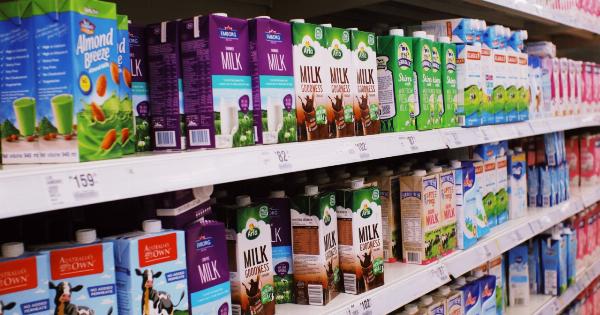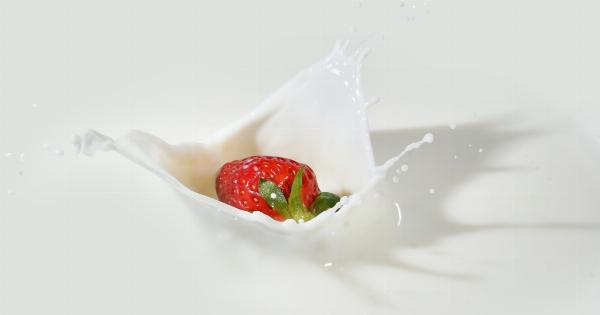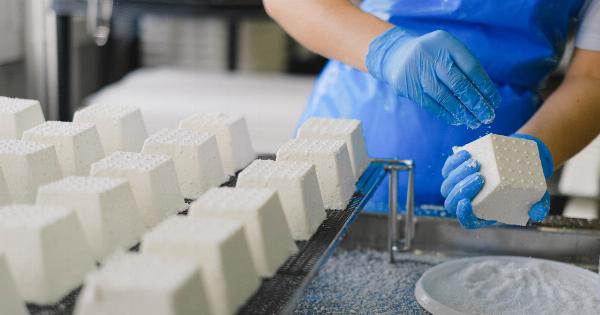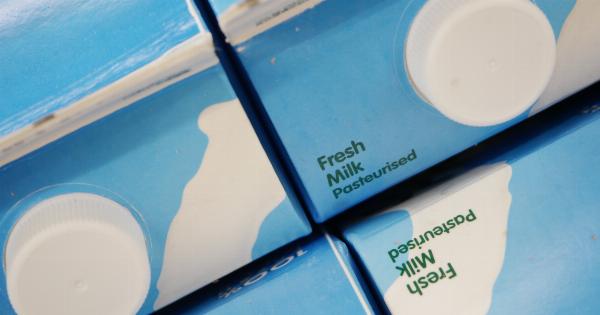Milk is one of the most widely consumed beverages around the world. It is rich in essential nutrients like calcium, protein, and vitamins, making it an important part of a balanced diet.
However, raw milk may contain harmful bacteria, which can lead to foodborne illnesses. To ensure milk is safe for consumption, it goes through a process called pasteurization. Unfortunately, there are several myths surrounding milk pasteurization that have led to confusion among consumers.
In this article, we will explore the facts about milk pasteurization and debunk some common myths.
What is Milk Pasteurization?
Pasteurization is a heat treatment process that kills or inactivates harmful bacteria, viruses, and other microorganisms present in milk.
Developed by Louis Pasteur in the 19th century, this technique has been widely adopted across the world to enhance food safety. There are different methods of pasteurization, including:.
High-Temperature Short-Time (HTST) Pasteurization
In HTST pasteurization, milk is rapidly heated to a temperature of 72°C (161°F) for 15 seconds and then rapidly cooled. This method kills most bacteria and extends the shelf life of milk without significantly affecting its nutritional value.
Ultra-High-Temperature (UHT) Pasteurization
UHT pasteurization involves heating milk to a temperature of 135°C (275°F) for a few seconds, effectively killing all harmful microorganisms. This process allows milk to be stored at room temperature for several months without refrigeration.
UHT milk is popular in countries where refrigeration facilities are limited.
Myth: Pasteurization Makes Milk Less Nutritious
Reality: The process of pasteurization does not significantly affect the nutritional value of milk.
While it may cause some minor loss of certain heat-sensitive vitamins, such as vitamin C and thiamine, the overall nutrient content of pasteurized milk remains intact. Milk is still an excellent source of calcium, protein, and other essential nutrients, regardless of whether it is pasteurized or raw.
Myth: Raw Milk is Healthier
Reality: Raw milk is often touted as a healthier alternative to pasteurized milk, mainly due to its natural and unprocessed state. However, consuming raw milk can also pose serious health risks.
Unpasteurized milk can contain harmful bacteria like Salmonella, E. coli, and Listeria, which can cause severe illnesses, especially in young children, pregnant women, and those with weakened immune systems.
Pasteurization serves as a crucial safety measure to eliminate these harmful microorganisms and protect public health.
Myth: Pasteurization Results in Lactose Intolerance
Reality: Lactose intolerance is caused by the inability to digest lactose, a sugar found in milk. It is unrelated to pasteurization. In fact, pasteurization does not change the lactose content of milk.
Individuals with lactose intolerance can still enjoy the benefits of pasteurized milk by choosing lactose-free or lactose-reduced options available in the market.
Myth: Pasteurization Destroys All Beneficial Bacteria
Reality: While pasteurization does eliminate harmful bacteria, it also kills some beneficial bacteria present in raw milk.
However, the types and quantities of beneficial bacteria in raw milk are highly variable, and their survival during digestion is uncertain. Moreover, the diverse and beneficial bacteria in our gut flora primarily come from fermented foods, probiotics, and our environment, rather than raw milk.
Therefore, consuming pasteurized milk does not significantly impact the overall balance of beneficial bacteria in our bodies.
Myth: Milk Can Be Safely Consumed Without Pasteurization
Reality: The consumption of raw milk carries significant health risks. According to the Centers for Disease Control and Prevention (CDC), raw milk is responsible for a disproportionate number of foodborne illness outbreaks compared to pasteurized milk.
These outbreaks can cause severe illnesses, including diarrhea, vomiting, abdominal cramps, and even kidney failure. To ensure the safety of consumers, many governments and health organizations strongly advise against consuming raw milk.
The Importance of Pasteurization
Pasteurization is a crucial step in ensuring the safety and quality of milk. By eliminating harmful microorganisms, it helps prevent foodborne illnesses and protects vulnerable populations, such as young children, pregnant women, and the elderly.
Pasteurization also allows milk to have a longer shelf life, making it more accessible to consumers and reducing food waste.
Conclusion
All in all, milk pasteurization is a vital process that enhances the safety and quality of milk without compromising its nutritional value significantly.
As consumers, it is essential to rely on scientific evidence and expert recommendations rather than falling prey to common myths about milk pasteurization. By choosing pasteurized milk, we can enjoy its numerous health benefits while mitigating the risks associated with consuming raw milk.




























